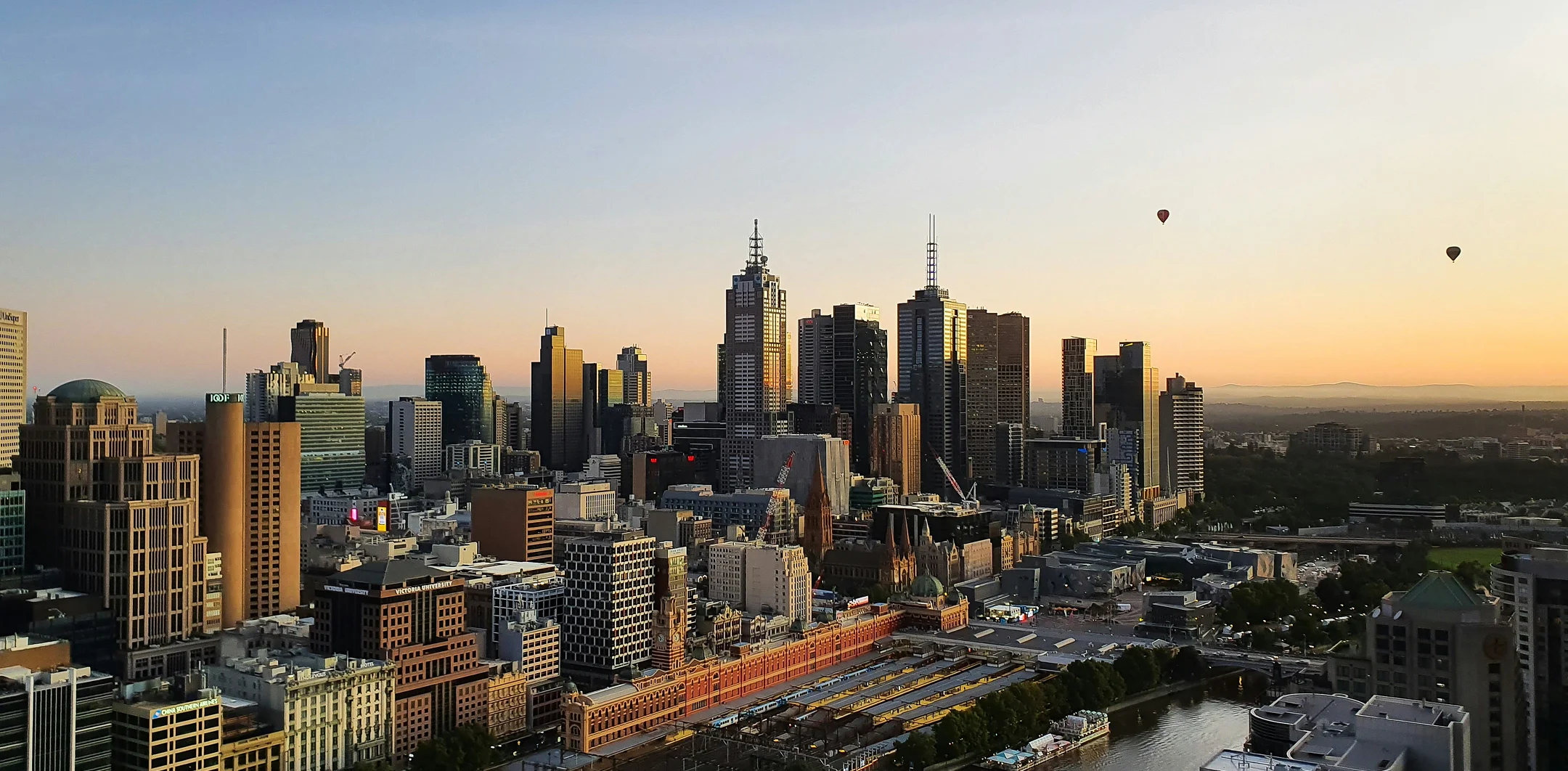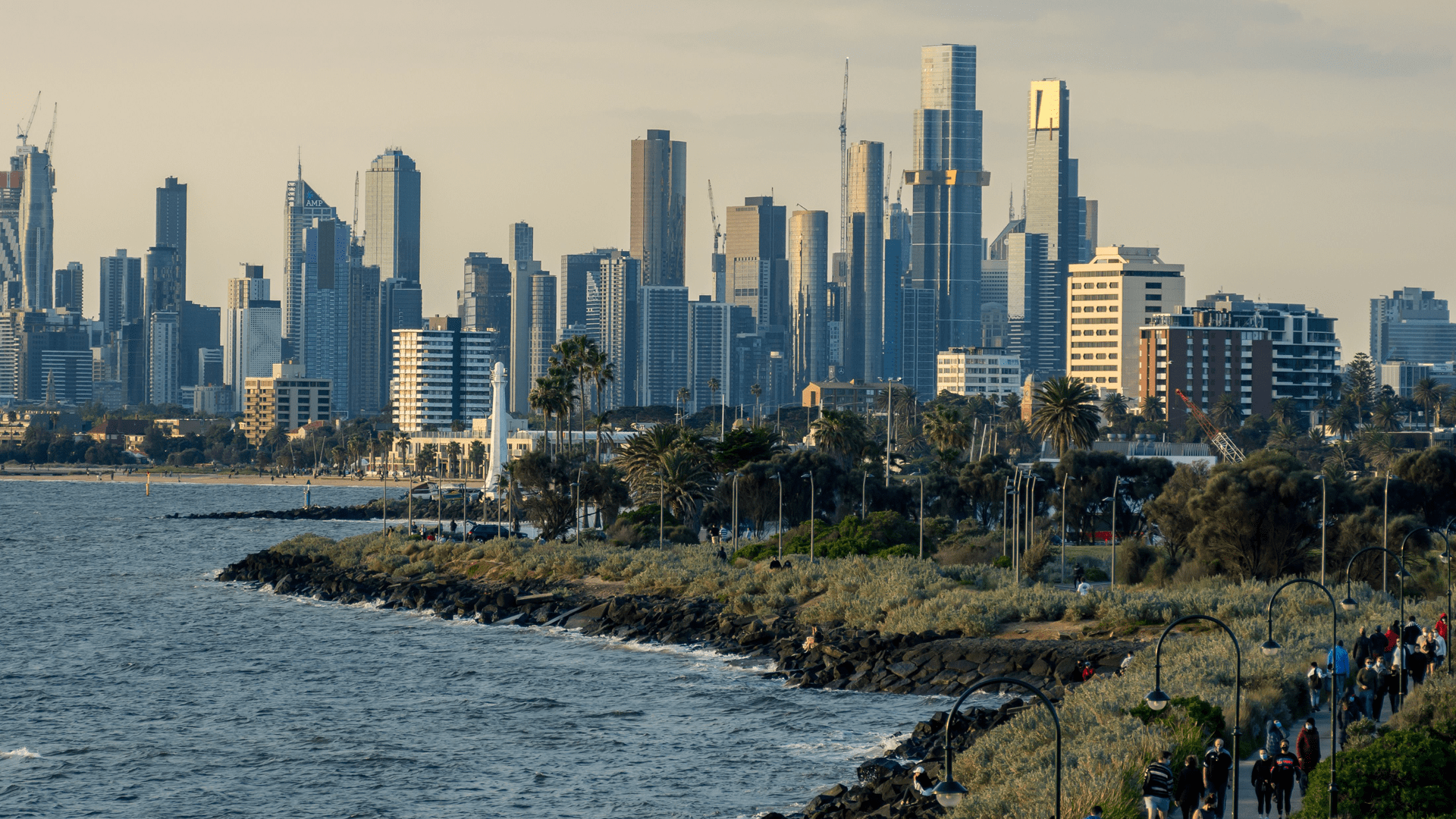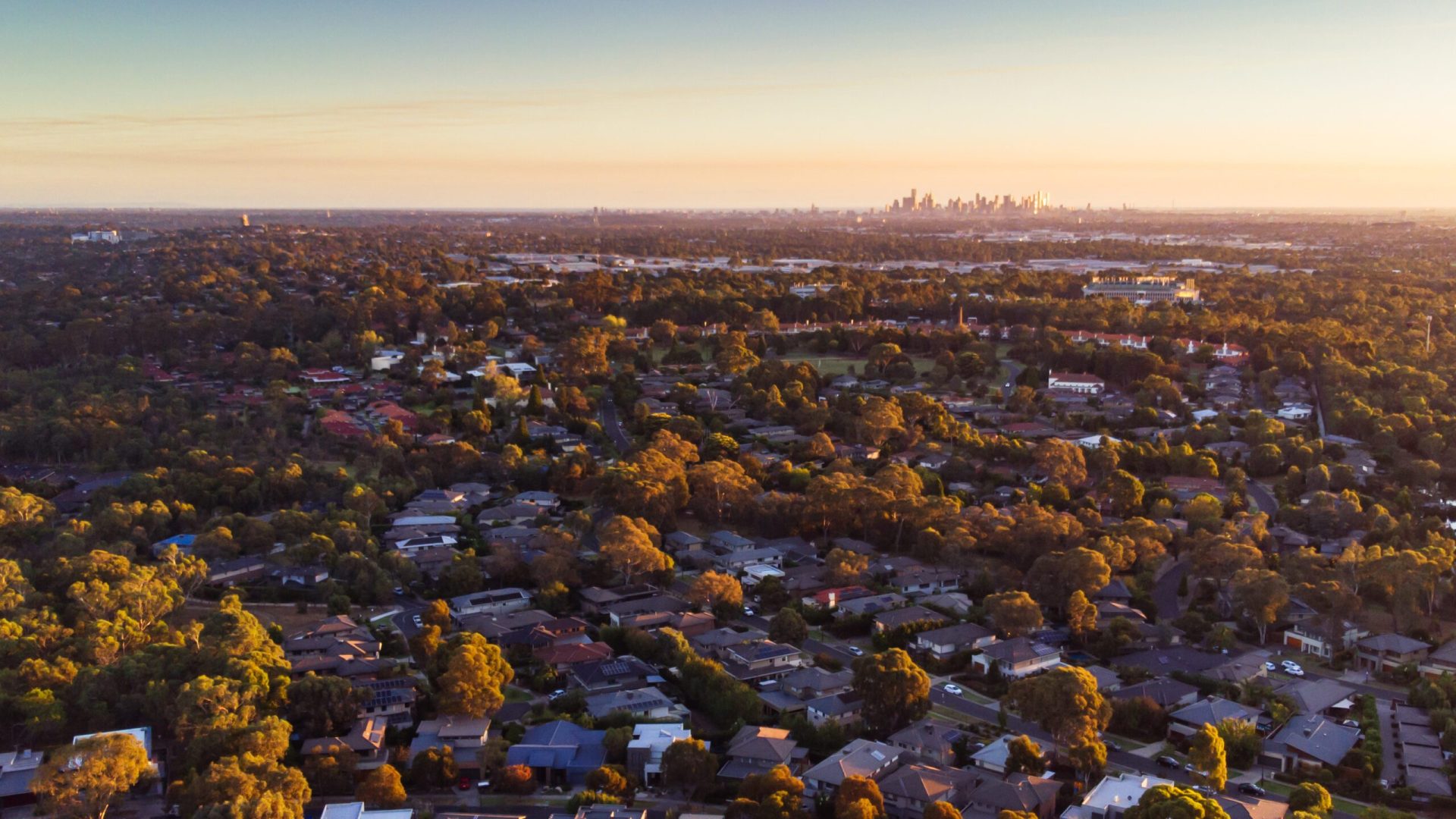OpenCorp director Michael Beresford explains how buying a new property delivers benefits to the investor.
One of the decisions to be made when looking at an investment property is whether to opt for a new build or established property.
Many people like to invest in an existing property close to where they live, and the reasons are obvious (and somewhat appealing). You feel a sense of oversight if you’re just down the road, and any minor improvements can be accomplished without too great an expense.
Unfortunately, these are decisions made largely with the heart rather than the head, and when it comes to investment, we need to make cool-headed decisions.
About two-thirds of investors plump for somewhere in the same postcode where they live, but this logic falls down when you consider all your property assets are in one location.
You’re punting on the performance of that suburb being above average to get you ahead. Great when there’s a boom, not so much in harder times – your portfolio isn’t diversified.
So here are my five reasons to invest in a new build rather than an established property.
1. Better rental rates
You can get more rent for a new property than an established property, especially when we’re in a rental crisis (and there is certainly a scarcity of rentals today). There’s a significant premium for new properties, and if we’re getting more from the rent, that reduces our holding costs.
Another factor is negative gearing – a term everyone is familiar with but not everyone actually understands. Negative gearing is the process of being able to get large chunks of the tax that we pay back into our pocket to subsidise the holding costs of the investment, along with the rental income that comes in.
2. Tax breaks
The tax benefits for new properties are substantially higher than for established homes. A few years ago the rules changed and you could no longer claim any depreciation if you bought an established property, whereas with a new property you can claim all the depreciation over a 40-year lifespan. To put that in context, let’s say you’re in the 37 cent tax bracket, and the cost of a new build is $400,000 as a round number. Over that 40-year period, because of depreciation, the government is giving you $148,000 back in the tax you pay on a new property that you don’t get on an established property.
There are, of course, other tax-deductible things such as interest or the rental expenses – property management, leasing fees, maintenance and smoke alarm testing. But the depreciation alone makes a substantial difference.
3. Less stamp duty
To clarify: when we talk about building new, we mean settling on land then having a property built for us, rather than buying something that’s brand-new but already completed.
In the first case you pay stamp duty only on the land value. If you buy a brand-new established home, not only will you pay stamp duty on the whole lot, but the price will be inflated because the builder has paid stamp duty on the land to get access to the site, which they build into the price.
4. Less maintenance required
Old houses may have plenty of character, but as they near the end of their reasonable life span, you’ll be forking out for lots of upkeep. Things can, of course, go wrong with a new build – but far less so.
Old properties can be delightful, but they can also be expensive to maintain. And we want that rental and or tax that’s coming in to stay in our pocket, not going out on maintenance.
5. Design that’s fit for purpose
You hear the sports coaches talk about the ‘one-percenters’ that add up to make a difference. Optimum design size and quality is something I’d call a one-percenter that makes a lot of difference. Think of the dining area of many newly built houses – there’s plenty of space behind the dining table chairs, under the guise of open-plan living. That’s just the builder completing a property quickly for more profits and a larger square-metre area – but the extra space doesn’t bring in any more rental income. You’re buying the floor plan it’s got and that’s it.
Optimum size and quality means finding the trade-off between the right amount of space and the way it’s intelligently used, so it will appeal to a family or professional couple as tenants.
SO, THERE are the five reasons on why we build new: more rent, higher tax benefits, to minimise our stamp duty, to minimise our maintenance risk and expenditure, and design what we want.
We look to invest in new builds in growth corridors of major metropolitan cities, in what we call infill pockets – small areas available for development around established housing and existing infrastructure.
Once we meet all those criteria you can look to build your investment property portfolio and therefore achieving compound growth – essentially growth on top of growth.









